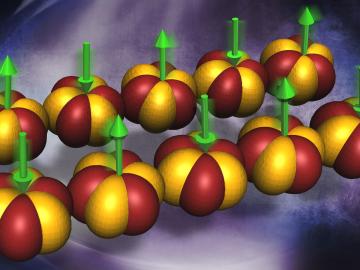
Filter News
Area of Research
- Biology and Environment (36)
- Biology and Soft Matter (1)
- Clean Energy (34)
- Climate and Environmental Systems (1)
- Computer Science (1)
- Electricity and Smart Grid (1)
- Functional Materials for Energy (2)
- Fusion and Fission (11)
- Isotopes (1)
- Materials (31)
- Materials for Computing (3)
- National Security (21)
- Neutron Science (13)
- Nuclear Science and Technology (5)
- Renewable Energy (1)
- Supercomputing (43)
News Type
News Topics
- 3-D Printing/Advanced Manufacturing (4)
- Advanced Reactors (1)
- Artificial Intelligence (7)
- Big Data (5)
- Bioenergy (16)
- Biology (19)
- Biomedical (3)
- Biotechnology (2)
- Buildings (5)
- Chemical Sciences (7)
- Clean Water (2)
- Climate Change (21)
- Composites (1)
- Computer Science (13)
- Coronavirus (3)
- Critical Materials (1)
- Cybersecurity (5)
- Decarbonization (15)
- Energy Storage (11)
- Environment (29)
- Exascale Computing (4)
- Frontier (5)
- Fusion (5)
- Grid (3)
- High-Performance Computing (10)
- Hydropower (3)
- Isotopes (1)
- ITER (1)
- Machine Learning (5)
- Materials (15)
- Materials Science (10)
- Mercury (1)
- Microscopy (8)
- Nanotechnology (5)
- National Security (9)
- Net Zero (2)
- Neutron Science (4)
- Nuclear Energy (6)
- Partnerships (2)
- Physics (4)
- Polymers (1)
- Quantum Computing (5)
- Quantum Science (3)
- Security (3)
- Simulation (4)
- Space Exploration (1)
- Summit (5)
- Sustainable Energy (14)
- Transformational Challenge Reactor (1)
- Transportation (5)
Media Contacts
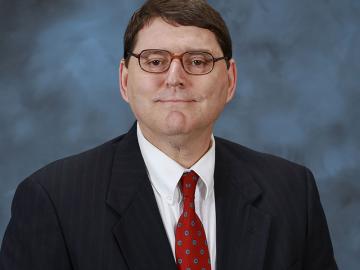
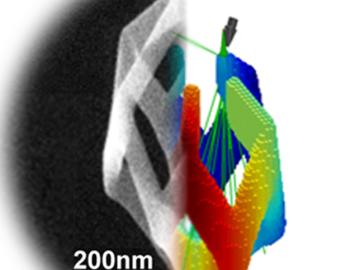
Additive manufacturing techniques featuring atomic precision could one day create materials with Legos flexibility and Terminator toughness, according to researchers at the Department of Energy’s Oak Ridge National Laboratory. In a review paper published in ACS Nano, Olga Ovchinni...
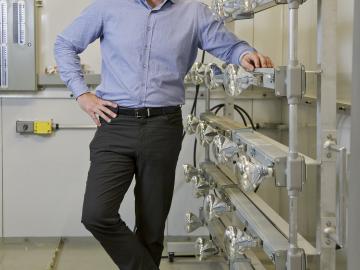
A scientist that sings opera and performs in musical theater? Sure. If you're a Renaissance Man like Simon Pallin. Pallin is a researcher in Oak Ridge National Laboratory’s Buildings Technologies Research & Integration Center. But his early interests and activities reveal a versatile person that could have chosen a number of occupations.
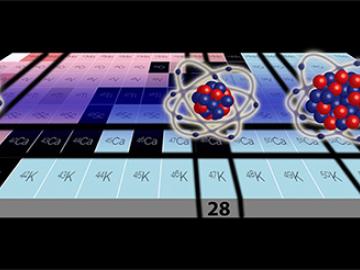
For decades nuclear physicists have tried to learn more about which elements, or their various isotopes, are “magic.” This is not to say that they display supernatural powers. Magic atomic nuclei are composed of “magic” numbers of protons and neutrons—collectively called nucleons—such as 2, 8, 20, and 28.

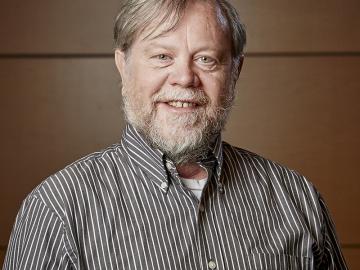
Richard Norby, a physiological ecologist at the Department of Energy's Oak Ridge National Laboratory, has been elected fellow of Ecological Society of America. Norby, a researcher in ORNL's in the Environmental Sciences Division and Climate Change Science Institu...
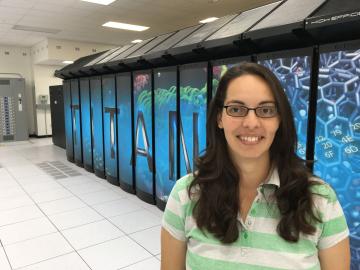

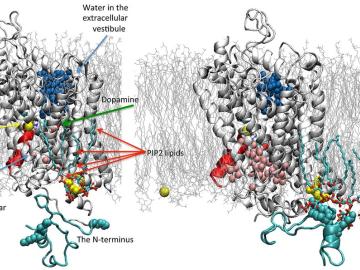
In an era of instant communication, perhaps no message-passing system is more underappreciated than the human body. Underlying each movement, each mood, each sight, sound, or smell, an army of specialized cells called neurons relays signals that register in the brain and connect us to our environment.
